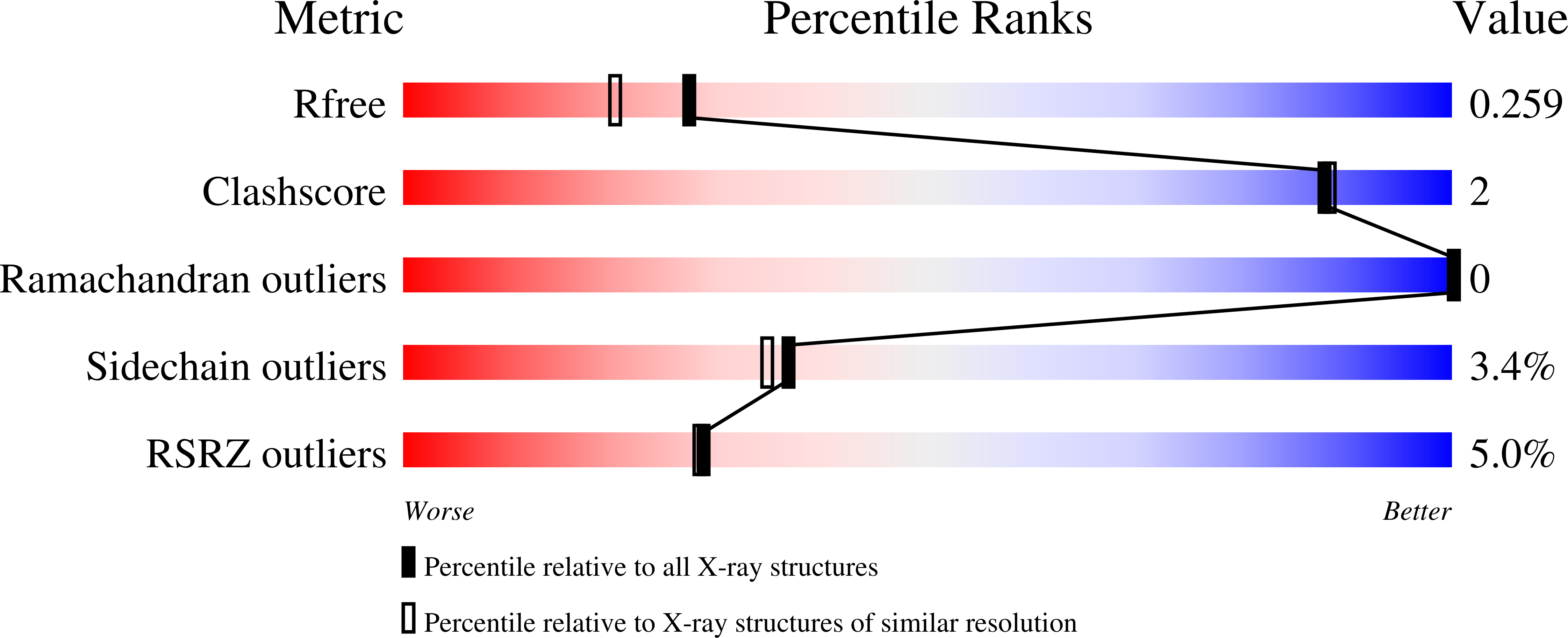
Deposition Date
2016-02-01
Release Date
2016-06-08
Last Version Date
2023-09-27
Entry Detail
PDB ID:
5HYG
Keywords:
Title:
CmlI (peroxo bound state), arylamine oxygenase of chloramphenicol biosynthetic pathway
Biological Source:
Source Organism:
Host Organism:
Method Details:
Experimental Method:
Resolution:
2.03 Å
R-Value Free:
0.25
R-Value Work:
0.18
R-Value Observed:
0.19
Space Group:
P 32 2 1


